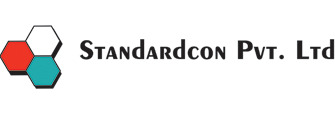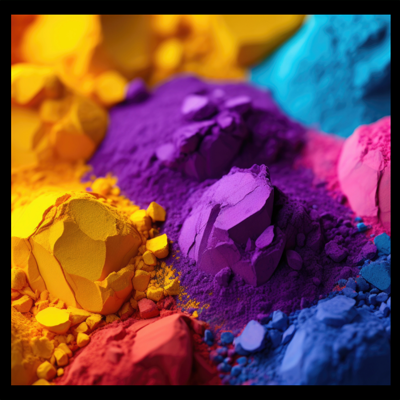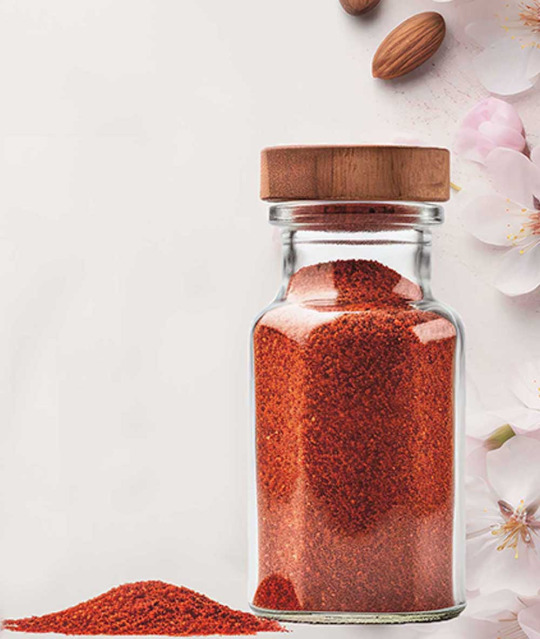#PharmaceuticalColors
Explore tagged Tumblr posts
Text
Best Manufacturers of Synthetic & Natural Food Colors | Lake & FD&C Dyes Experts
The Ultimate Guide to Food Colors: Choosing the Right Synthetic and

Natural Dyes for Your Industry Food colors are more than just additives—they are essential in making food visually appealing, increasing consumer attraction, and enhancing brand recognition. Whether you are in the food, beverage, pharmaceutical, or cosmetics industry, choosing the right colors can significantly impact your product’s success. In this in-depth guide, we’ll explore everything about synthetic and natural food colors, lake colors, FD&C dyes, and the best manufacturers and suppliers of synthetic lake colors. If you’re looking for high-quality and FDA-compliant food colors, Standardcon is your go-to source!

What Are Food Colors and Why Are They Important? Food colors are substances used to enhance or restore the natural color of food and beverages. In today’s competitive market, consumers associate color with taste, freshness, and quality. A well-colored product not only looks more appetizing but also helps build a strong brand identity. For food manufacturers, choosing a reliable supplier like manufacturers of synthetic food colors ensures color consistency, regulatory compliance, and product safety.
Types of Food Colors: Synthetic vs. Natural Food colors are categorized into synthetic and natural colors, each offering unique benefits. Synthetic Food Colors Synthetic colors are artificial dyes made in laboratories to provide high-intensity, stable, and consistent colors. They are widely used because they are cost-effective, highly soluble, and offer excellent color uniformity. Common synthetic food colors include:

Brilliant Blue FCF (E133) – Used in beverages, candies, and dairy products.
Sunset Yellow (E110) – Found in ice creams, snacks, and bakery products.
Allura Red (E129) – Popular in soft drinks and syrups. Industries requiring synthetic and natural food colors can explore Standardcon’s wide range of high-quality dyes. Natural Food Colors Natural colors are extracted from plants, minerals, and other organic sources. They are preferred by brands focusing on clean-label and organic products. Examples include:
Curcumin (Turmeric Extract) – Bright yellow for dairy and spice blends.
Chlorophyll (Green Pigment) – Used in candies and pharmaceuticals.
Beetroot Red – A natural red used in juices and confectionery. To source the best natural colors, check out Standardcon’s natural food colors for premium-grade solutions.
Lake Colors: A Game-Changer for Food Manufacturing Lake colors are a special type of synthetic color that are insoluble in water but dispersible in oils and fats. They are highly stable and perfect for coated tablets, chocolates, dry mixes, and bakery toppings. Why Choose Lake Colors? ✅ Long-lasting & stable – Ideal for fat-based and dry applications. ✅ Versatile usage – Used in food, cosmetics, and pharmaceuticals. ✅ Brilliant & vibrant shades – Perfect for enhancing food appeal. For premium Lake Colours Manufacturers and Exporters, trust Standardcon’s world- class selection.
Understanding FD&C Food Dyes FD&C (Food, Drug & Cosmetic) colors are synthetic food dyes approved by the U.S. FDA. These certified dyes meet strict safety and quality standards for use in food, beverages, pharmaceuticals, and cosmetics. Common FD&C food dyes include:
FD&C Red No. 40 – Used in soft drinks, candies, and cereals.
FD&C Blue No. 1 – Found in sports drinks, ice creams, and snacks.
FD&C Yellow No. 5 – Used in processed foods and bakery items. If you need FDA-compliant synthetic dyes, check out Standardcon’s FD&C food colors for top-quality options.
The Best Synthetic Lake Colors Manufacturers, Exporters & Suppliers When choosing a food color supplier, it’s important to consider quality, safety, and consistency. The best Synthetic Lake Colors Manufacturers, Exporters & Suppliers provide high-performance food dyes suitable for various applications. Industries That Use Synthetic Food Colors: 🟢 Confectionery & Bakery – Candies, cakes, and frosting. 🔵 Beverages – Soft drinks, flavored water, and energy drinks. 🟢 Dairy Products – Ice creams, yogurts, and milkshakes. 🔴 Pharmaceuticals – Capsules, syrups, and coated tablets. 🟢 Cosmetics – Lipsticks, blush, and eyeshadows. For the best synthetic lake colors, visit Standardcon—a leader in food color manufacturing and supply.
How to Choose the Right Food Color for Your Product Picking the right food color depends on: ✔ Application Type – Will it be used in liquid, solid, or fat-based products? ✔ Regulatory Compliance – Ensure it meets FDA, EU, and FSSAI standards. ✔ Stability Requirements – Consider light, heat, and pH stability. ✔ Consumer Demand – More brands now prefer natural and clean-label colors. For expert guidance on food color selection, Standardcon offers custom solutions tailored to your industry needs.
The Future of Food Colors: Trends & Innovations 🚀 Growth in Natural Colors – More brands are switching to plant-based dyes. 🚀 Improved Color Stability – Advanced microencapsulation techniques enhance shelf life. 🚀 Sustainable Sourcing – Eco-friendly synthetic and natural color solutions are on the rise. 🚀 Custom Blends – Brands demand unique, signature shades for differentiation. Stay ahead of industry trends with Standardcon’s advanced food color solutions. Conclusion: Elevate Your Product with the Right Food Colors Choosing the right food color is essential for brand identity, consumer appeal, and product quality. Whether you need synthetic dyes, lake colors, or natural food pigments, Standardcon is your trusted partner for high-quality, safe, and certified food colors. 👉 Upgrade your food, beverage, or pharmaceutical products today! Explore Standardcon’s premium food color range and take your brand to the next level! 🚀
#SyntheticFoodColors#NaturalFoodColors#FoodDyes#LakeColors#FDCDyes#FoodColorManufacturers#FoodIndustry#FoodAdditives#FoodColoring#ColorSolutions#FoodProcessing#BeverageIndustry#PharmaceuticalColors#BakeryColors#ConfectioneryColors
1 note
·
View note